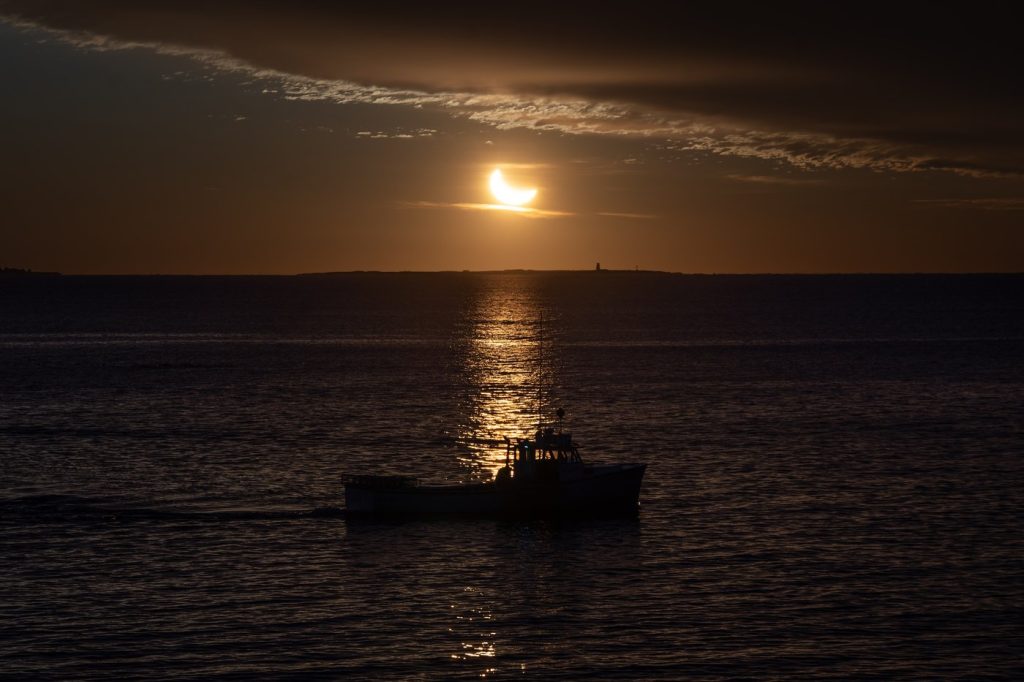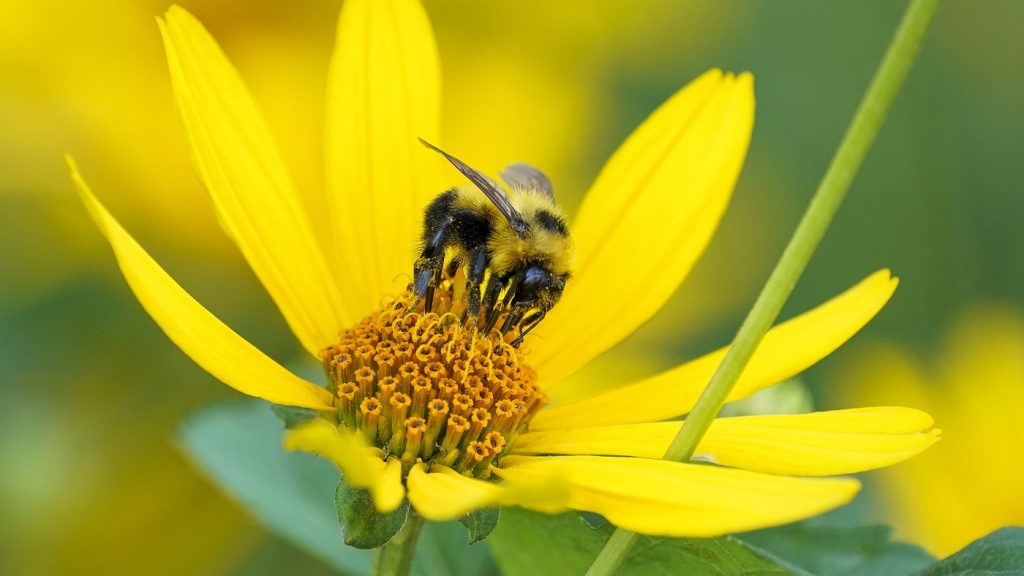New report finds Nova Scotia is home to 28 uniquely-Canadian plants and animals
Posted Jun 5, 2020 01:35:00 PM.
More than nine per cent of plant and animal species found only in Canada live in Nova Scotia, despite the province only making up about 0.6 per cent of the country's total land area.
In a new report, the Nature Conservancy of Canada (NCC) and NatureServe Canada identifies 308 plants and animals that are endemic to Canada – meaning, they aren't found anywhere else in the world. Twenty-eight of those live in Nova Scotia.
“One of the things in the report that surprised me was how many Nova Scotia has,” says Dan Kraus, a senior conservation biologist with the Nature Conservancy of Canada and a lead author of the report. “It has the same number as Ontario, which is obviously much larger.”
More than 40 per cent of the national endemic species found in Nova Scotia do not occur in other jurisdictions. A major contributor is Sable Island – the windswept sandbar off Nova Scotia's coast.
“It probably has so many endemic species because it occurs in an area that didn't have ice in the last glacial period,” he says.
According to Kraus, sea levels were much lower during the last period of glaciation which meant there were ice-free areas on what are now the Continental Shelves. As sea levels rose, plants and animals that lived there either had to move to the mainland or they were stranded on islands.
“There are quite a few species of insects including one called the Sable Island Sweat Bee that may have evolved in those ice-free areas and then became just restricted to Sable Island,” he says.
Sable Island is one of two 'hotspots' for national endemic species that occurs in Nova Scotia. The other is the Upper Bay of Fundy.
Another national endemic species found exclusively in Nova Scotia is the critically endangered Atlantic whitefish. While it once lived in the sea and spawned in freshwater lakes, it is now landlocked to the Petite Rivière watershed.
According to Kraus, these migrations have been cut off by dams and other barriers.
“If we are going to lose one of these species, this one is high on the list,” he says. “Hopefully there will be some efforts to restore the population soon.”
Also only found in the province is the Nova Scotia Ladies'-tresses, which is an orchid that grows in open sand barrens and occasionally roadsides in southwestern Nova Scotia.
Many of Canada’s national endemic species have restricted ranges, which makes them particularly vulnerable to things like habitat loss, climate change, and invasive species.
“The vast majority of them have very small populations and are found within tiny areas of our country and we know those are key factors in making species vulnerable to extinction,” he says.
Nature underpins every aspect of human existence, and Kraus says it's critical Canadians work to conserve important natural areas and biological diversity.
“We know as pieces are pulled from an ecosystem it can impair the function of those systems and that can affect the services that nature provides to people, which can have a direct impact on our well-being,” he says.
Kraus says only Canada can protect its endemic species.
“There is no plan B,” he says. “If we fail to protect them the consequence is extinction.”
He says as one of the most developed and wealthy countries in the world, Canada should lead by example.
“If we can't protect the species that only occur here, I'm just not sure there is much hope that it can happen in other countries,” he says.
“It's really an opportunity for Canada to show some leadership in terms of protecting the species that are important for our country but also important for protecting global biodiversity.”








